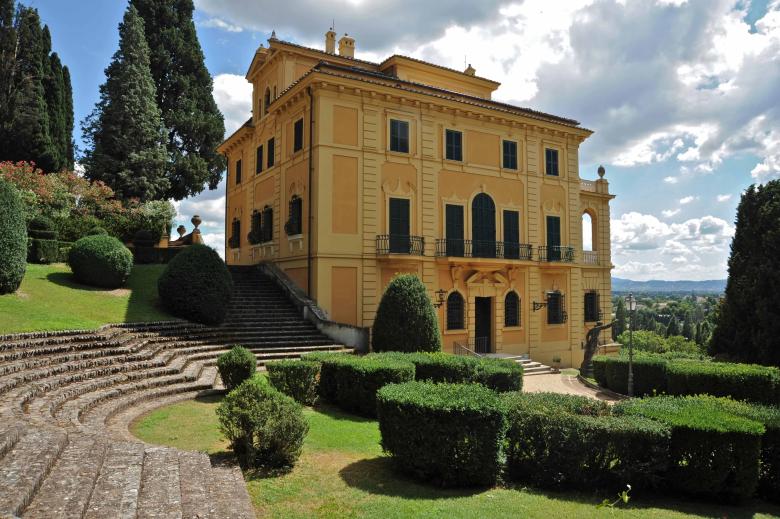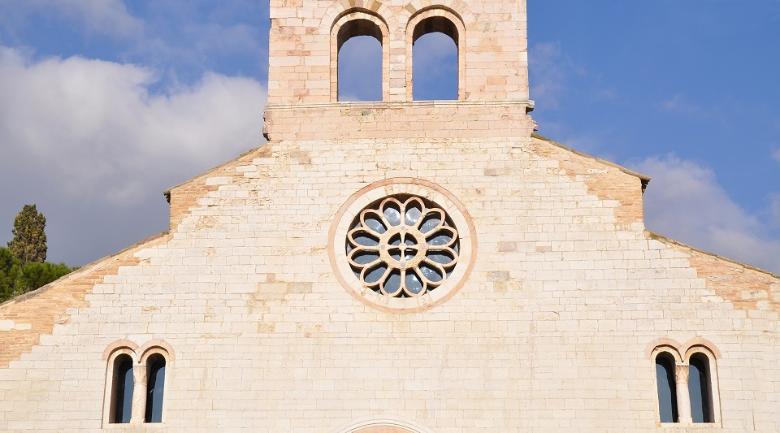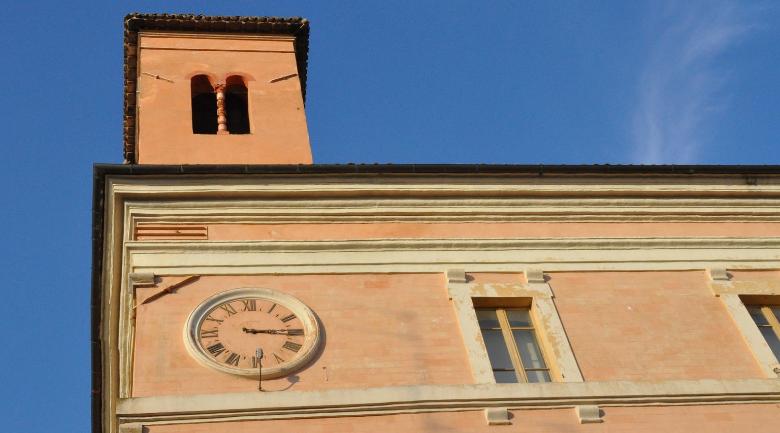Church of Santa Maria Maggiore - Spello
Founded in the 11th-12th centuries, the church of Santa Maria Maggiore (also known as the Collegiate Church) has a façade dating from 1644, made when the building was enlarged. Note the architrave, the jambs with a beautiful frieze and acanthus spirals of the portal, the work of sculptors active in the 12th-13th centuries between Foligno and Bevagna and partly attributable to Spoleto craftsmen. The church is divided into two parts: on the right is the priory palace, which is now inhabited by the parish priest, and on the left is the Palazzo dei Canonici (from 1522), which today houses Spello’s Municipal Picture-gallery. The church is in the shape of a Latin cross and has a cross-vaulted nave. In the second half of the 17th century, it was equipped with as many as seven altars and rich stucco decoration. On the altars are numerous works attributable to the 17th century.
To the right of the entrance is a marble altar by Gaius Titienus Flaccus (now used as a stoup) that has been in in Santa Maria Maggiore since the 15th century; next to it is a pyx-shaped marble baptistery, by Gasparino da Val di Lugano (1509-1511).




























.png/1466f1b0-6b0b-66c3-d028-c44e27836a4a?width=780)








.jpeg/26712e88-9665-3ae2-a85e-3bd2b38b8a93?width=780)
